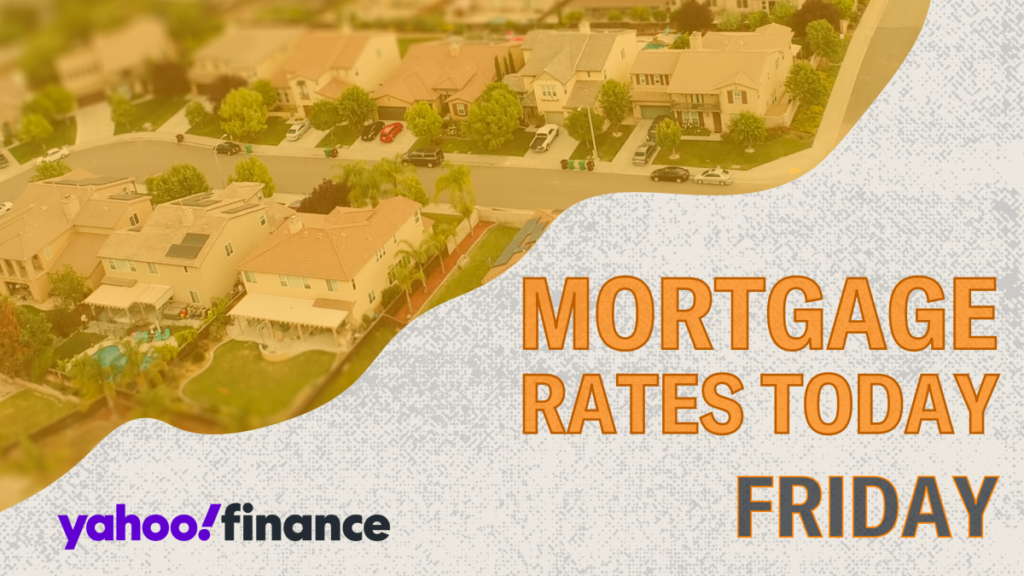Mortgage rates have remained relatively stable recently, with the 30-year fixed mortgage rate slightly decreasing to 6.78% and the 15-year fixed mortgage rate likewise dropping to 5.99%, as reported by Freddie Mac. Previously, there was optimism that mortgage interest rates might decline toward the end of 2024 and into 2025. However, the election of Donald Trump has introduced uncertainty regarding future interest rates due to his proposed economic policies, particularly concerning taxes, which could potentially keep mortgage rates elevated for an extended period. For potential homebuyers who are financially ready, this might be an opportune moment to enter the housing market, especially as competition typically lessens in colder months.
Current national mortgage rates, as detailed by Zillow, include a 30-year fixed rate at 6.54%, a 20-year fixed at 6.27%, and a 15-year fixed at 5.88%, among other options such as various adjustable-rate mortgages (ARMs). Alongside these purchase rates, today’s mortgage refinance rates show a 30-year fixed at 6.61%, with slightly different rates applicable to VA and FHA loans. It’s important to note that these rates are national averages and are rounded for convenience. Generally, refinancing tends to have slightly higher rates than initial home purchases, although this is not a strict rule and can fluctuate based on individual circumstances.
Homebuyers should also make use of mortgage payment calculators, such as the one offered by Yahoo Finance, to help project how different mortgage rates, terms, and additional costs like insurance and property taxes will influence their overall monthly payments. This information is crucial for evaluating affordability beyond simply focusing on the mortgage principal and interest. Understanding the total expenses associated with a mortgage can significantly impact one’s decision-making processes regarding purchasing a home.
When assessing mortgage types, borrowers can choose between fixed-rate and adjustable-rate mortgages. Fixed-rate mortgages offer consistency, maintaining the same interest rate throughout the loan term, making budgeting easier. An adjustable-rate mortgage, conversely, provides an initial lower rate for a set term before adjusting periodically based on market conditions. For instance, a 7/1 ARM remains fixed for the first seven years and can then fluctuate annually. While the initial savings may appeal to some buyers, it’s essential to compare terms and rates across different lenders diligently.
Regarding long-term trends, results show that the current mortgage rates are still lower than those from a year ago, despite a brief period of increases experienced earlier. The rates appear to have leveled off recently, but significant drops in 2024 are unlikely. With projections suggesting the 30-year rate could reach around 6% by the end of 2024, experts advise caution as markets adjust to economic changes under Trump’s presidency and the forthcoming reactions from the Federal Reserve.
Ultimately, while consensus indicates a potential for lower mortgage rates in 2025, current economic conditions are unstable, making predictions challenging. As such, both potential buyers and investors are encouraged to stay informed and flexible to adapt to shifts in market dynamics as they unfold in the coming months. Ultimately, the impact of political and economic developments under the new administration will be critical in shaping future mortgage rates and the overall housing market landscape.

